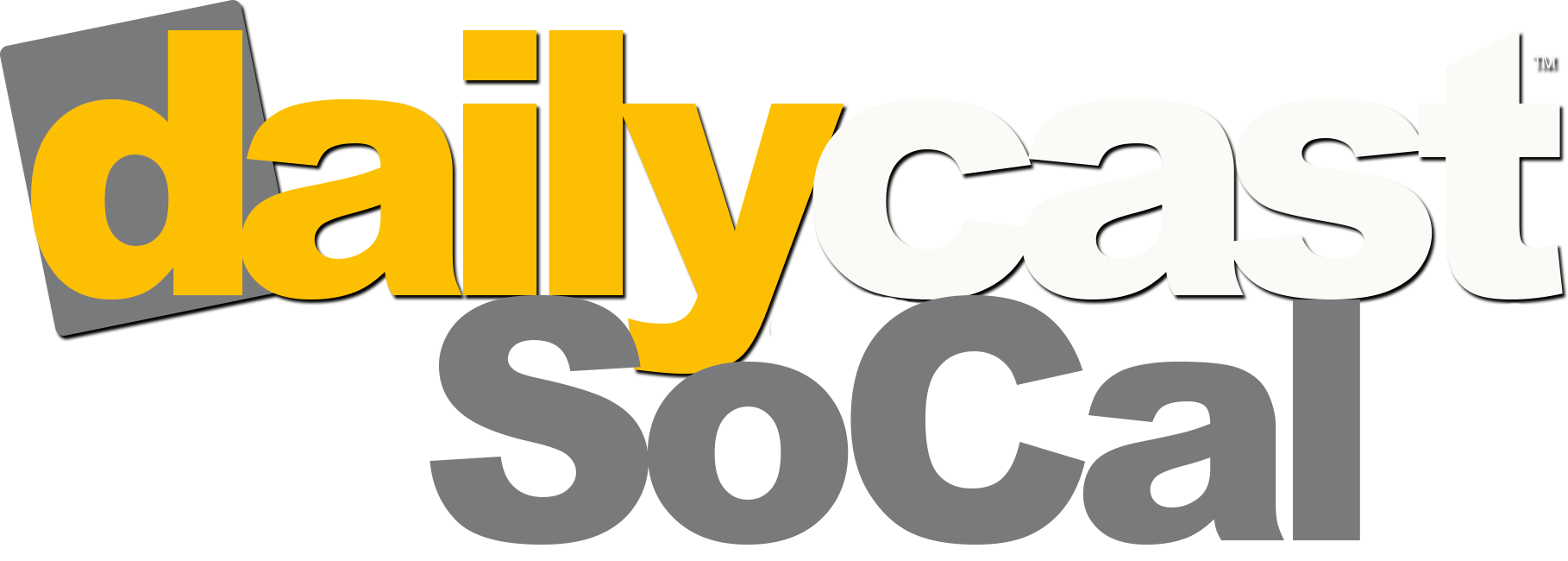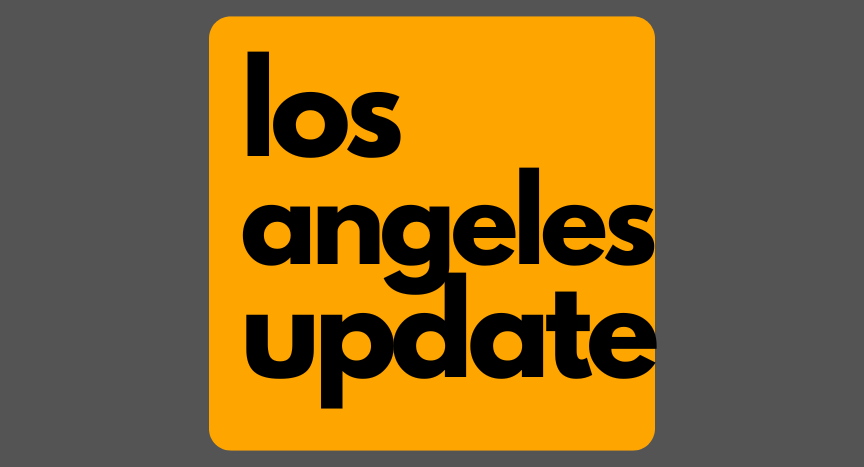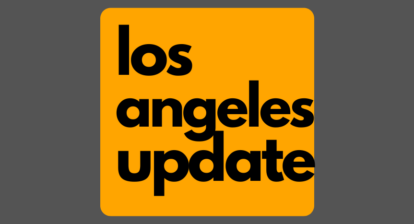During this election season, California Gov. Gavin Newsom traversed the nation campaigning for the Democratic presidential ticket, visiting places like North Carolina, Pennsylvania, Michigan, New Hampshire, Georgia, South Carolina, Oregon, Idaho, Washington, and Nevada.
He also launched his own fundraising campaign for Democrats in red states, appeared as a prominent figure on conservative television programs, and served as a stand-in for President Biden and Vice President Kamala Harris.
As the election of 2024 approaches, the Democratic governor is concluding his campaign efforts in a place where he has not focused much attention this year: his home state.
“You can do anything. You can’t do everything,” Newsom commented on his attempt to juggle national and local campaigning duties during an interview. “I mean, if there was an eighth day I’d use it.”
Newsom’s events this weekend in Orange County underscored a contradiction in his strategy: While he courted donors in Boise, Idaho and defended Biden in Atlanta, Democrats in California have been engaged in critical congressional battles largely without the state’s most influential figure present.
California features multiple contested House races that could influence which party dominates Congress next year. The races that are likely to be the closest are in areas where polls indicate Newsom is least favored by voters. His choice to devote more time to campaigning outside of California than in its competitive districts might actually benefit his allies in the Golden State — and his political future.
“He’s not just involved with the presidential campaign for Vice President Harris, but it’s evident that he’s also focusing on his own potential presidential aspirations, and he doesn’t need to do that in California,” stated Matt Rexroad, a Republican strategist. “He has connections there.”
With two years remaining until term limits require Newsom to exit the governor’s post, campaigning for Biden and Harris provides him with a platform to present himself as an experienced politician and a prolific fundraiser while expanding his supporter base outside California. His ventures into Republican strongholds characterized him as a fighter capable of challenging the Republican Party and former President Trump.
While Newsom endorsed only a select few Democrats running for Congress and refrained from taking an official position on seven of the 10 measures on the statewide ballot, he asserted that he has been active as California’s lead Democrat.
According to his aides, he has raised nearly $2 million for eight Democratic candidates in California congressional races and has made appearances in different districts throughout the prolonged campaign period.
“We’ve been engaged in fundraising for legislative candidates for nearly two years,” Newsom noted.
This past Sunday, Newsom participated in an event that featured Senate candidate Rep. Adam B. Schiff (D-Burbank), California Democratic Party Chairman Rusty Hicks, state Atty. Gen. Rob Bonta, and many others supporting Democrat Derek Tran at a United Food and Commercial Workers union hall in Buena Park.
He told the audience that he was there for two primary reasons: to express gratitude to the volunteers canvassing and making calls for Democrats, and to back Tran in his campaign against Republican Rep. Michelle Steel (R-Seal Beach) — a race viewed as one of the most significant congressional battles in the nation.
“That’s how crucial you are to the destiny and future, not only of this district but in many ways, the destiny and future of this country,” Newsom said to the campaign workforce present.
Although Newsom was absent from Orange County and Palm Springs for much of the election period, he became a pivotal figure in several races.
Republican incumbents have been linking their Democratic challengers to Newsom in an attempt to dissuade moderate voters and energize their base.
In a campaign ad by GOP Rep. Ken Calvert for Congressional District 41, the governor’s face morphs into that of Calvert’s Democratic opponent, Will Rollins.
“He’s slick, loves taxes, and is more liberal than Gavin Newsom,” the narrator states as Newsom’s image merges with Rollins’.
The ad contends that Rollins, “like Newsom,” will raise gas prices, and property and income taxes for those in the Riverside County district, which stretches from Corona to the Coachella Valley, including Palm Springs.
“We can’t stop Newsom, but we can stop radical Will Rollins,” the advertisement asserts.
Newsom dismissed the ad as mere “politics,” yet Rexroad noted that the governor’s approval ratings in contested California districts make him a convenient target for the GOP.
A statewide survey conducted by the Public Policy Institute of California (PPIC) in October indicated that a majority of voters disapprove of Newsom’s performance as governor. His ratings were lower in the Central Valley, Orange County, San Diego, and the Inland Empire, where approximately 60% of voters disapprove.
These areas are crucial as Democrats aim to flip several Republican-held House seats.
“For [Republican Rep.] David Valadao, he would want nothing more than for [Democrat] Rudy Salas and Gavin Newsom to dominate the front page of the Bakersfield Californian and other local news for the rest of the campaign,” Rexroad commented. “The governor is extremely unpopular in the Central Valley.”
Newsom did not make an appearance over the weekend in the Kern County district where Salas is challenging Valadao (R-Hanford).
The governor countered the notion that Democrats were hesitant to be seen with him.
“People are seeking all the support available and have been throughout this campaign,” he remarked.
In Orange County, Republicans capitalized on Newsom’s planned visit days before his appearance with Tran.
In a news release, Steel, Tran’s opponent, highlighted Newsom’s role as a campaign “closer.”
“Bringing Newsom to town tells voters everything they need to know about where Derek Tran’s loyalties lie: with the Sacramento crowd that desires to impose their tax-raising, zero-bail policies on Washington,” Steel stated.
Despite the statistics, former U.S. Sen. Barbara Boxer stated that Democratic campaigns are utilizing the governor because they believe in his effectiveness. Newsom, she indicated, excels at “delivering messages that resonate.”
“At this critical stage, they know exactly what they want,” Boxer expressed regarding the campaigns. “But I genuinely believe he’s a valuable asset everywhere since he is an excellent campaigner. He’s very strategic. He understands the issues that resonate with people. I wouldn’t focus too much on approval ratings — no one’s polling exceptionally high.”
The final days of an election are primarily about maximizing turnout rather than swaying opinions or flipping votes, as many voters have already chosen their candidates and submitted their ballots.
PPIC pollster Mark Baldassare noted that it’s logical for congressional campaigns to employ Newsom in the final stretch of the election to encourage Democrats to vote.
“I don’t discern much downside risk,” Baldassare stated. “To me, the upside is having the most recognized Democrat in California, aside from Kamala Harris, out campaigning as a potential motivator for Democrats rather than a deterrent for Republicans.”
Newsom’s late appearances in congressional districts also provide him with the opportunity to later assert that he played a role, albeit minor, in the Democrats’ victory in the House. Additionally, it limits the damage and time GOP campaigns can use his visits to their benefit.
Despite criticisms of Newsom’s electoral focus and potential motives, it is astute for politicians to campaign in ways that benefit both their allies and themselves, according to Thad Kousser, a political science professor at UC San Diego.
“Politicians act in their self-interest,” Kousser remarked. “However, successful politicians engage in actions that are advantageous for themselves and their allies, and the most astute politicians do so visibly.”


